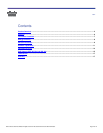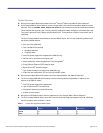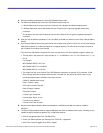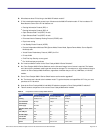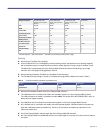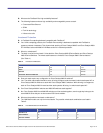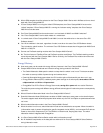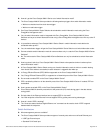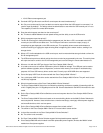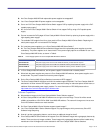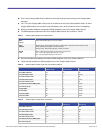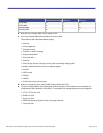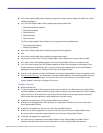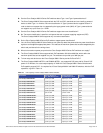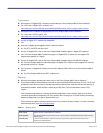
© 2013 Cisco and/or its affiliates. All rights reserved. This document is Cisco Public Information. Page 10 of 18
●
10/100 Ethernet management port
Q. Can both USB Type B console and RJ-45 console ports be used simultaneously?
A. No. Only one can be used for input, but both can receive output. When the USB console is connected, “it is
used for input (by default)”. This design allows the administrator to see when the USB console port is in use.
This capability is useful for remote administrators.
Q. Does the switch support auto-baud on the console port?
A. No. This was a tradeoff between console speed sensing and the ability to use the USB console.
Q. Which management port has priority?
A. The RJ-45 console port is always the default management port, but when a PC is connected to the USB
console port, the USB console takes over. The RJ-45 port continues to receive the output (a copy) of
everything that gets displayed on the USB console port. This capability allows remote administrators to
continue monitoring or logging the output showing what is happening at the switch location, sending it to a
storage device.
Q. When a PC is left unattended on the USB console port, would remote administrators get locked out from the
RJ-45 management port?
A. The USB console port has a default activity timer that can also be programmed by the user. This activity timer
will expire and return control to the RJ-45 management port to avoid locking the remote administrator out.
Q. What can I do with the USB Type A port of the Cisco Catalyst 2960-X Series?
A. It is used to connect to an external USB memory drive for additional storage. This USB port can be used to
perform software upgrades, store configurations, and even write memory core dumps for troubleshooting
purposes. All Cisco USB memory drives can be used. Currently up to 8-GB USB drives are supported.
Q. Can a third-party USB Flash drive be used with the Cisco Catalyst 2960-X Series?
A. Yes, a third-party USB Flash drive can be used with the Cisco Catalyst 2960-X Series. They will work, but are
not officially supported.
Q. What is the performance of the Cisco Catalyst 2960-X Series Switches?
A. The Cisco Catalyst 2960-X Series have a nonblocking switching architecture capable of forwarding traffic for
all 48 1 Gigabit ports plus 2 10 Gigabit ports at line rate. See the datasheet for the MPPS information for each
model.
Q. Do the Cisco Catalyst 2960-X Series Switches consume less power than the Cisco Catalyst 2960-S Series
Switches?
A. The Cisco Catalyst 2960-X Series are based on the same building blocks as the 2960-S-Series Switches for
most components. However, these switches have a new thermal design, new highly efficient power supplies,
and new efficient fans, which use less power.
Q. Do the Cisco Catalyst 2960-X Series Switches support front-to-back airflow?
A. The airflow on the Cisco Catalyst 2960-X Series is “front and sides” to back airflow.
Q. Is the airflow reversible in the Cisco Catalyst 2960-X Series Switches?
A. No. The airflow is not reversible.
Q. Do Cisco Catalyst 2960-X Series Switches support field-replaceable power supplies?
A. Cisco Catalyst 2960-XR switch models have field replaceable power supplies, whereas the 2960-X switch
models have fixed power supplies.



